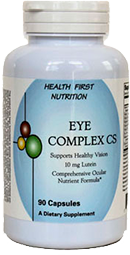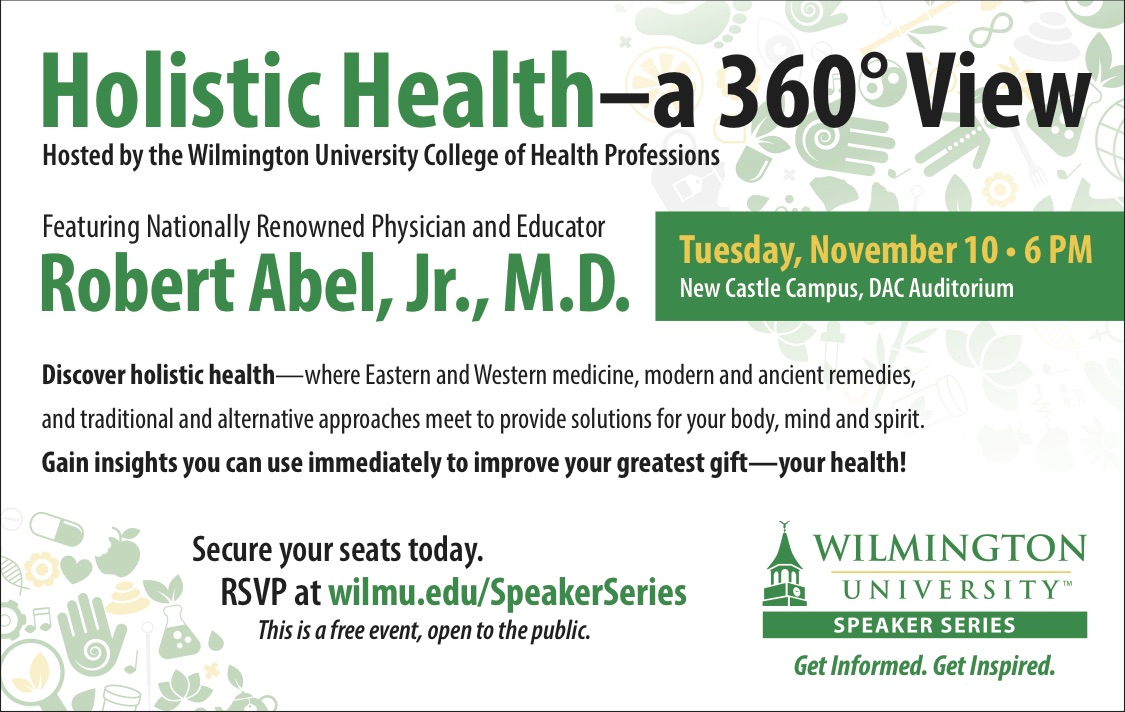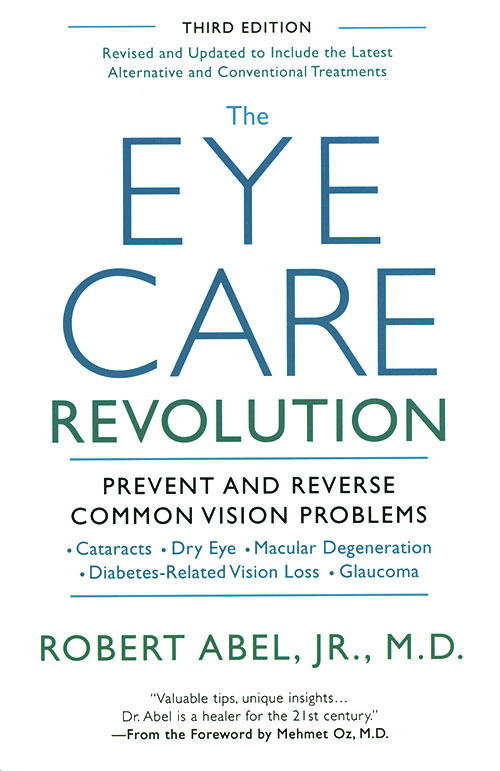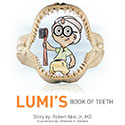What is a Cataract?
It is a common myth that everyone, if they live long enough, will get a cataract. This does not have to be the case. In fact, the deterioration of the lens of the eye can be prevented with a few simple measures.
But first, what exactly is a cataract? The eyeball is a bag of water with an outer coat consisting of the clear cornea (like the crystal of a watch) and the white sclera. Next are the iris and its central opening, the pupil. Behind the pupil sits the biconvex crystalline lens of the eye, which focuses incoming light onto the retina in the back of the eye. The retinal receptors cells absorb the light rays and send an electrical response on to the brain. Any clouding of the lens is called a cataract.
Inevitable or Avoidable?
The lens of the eye focuses light coming from objects onto the retina. The lens pushes the old focusing fibers into the center, causing haziness or a film. Because the lens has neither nerves nor blood vessels, it depends on the internal flow of fluid (aqueous humor) inside the eye to provide oxygen and nutrients, and to remove toxic products.
The lens focuses light constantly, from distant objects to near objects. Some of the light wavelengths, such as ultraviolet light, are especially toxic. UV light creates more free radicals, which will accelerate the clouding of the lens over the years. Any clouding of the lens is a cataract.
A cataract may be called nuclear (the central fibers in the lens), cortical (peripheral fibers near the outer edge of the lens); or sub-capsular (fibers at the back of the lens).
Cataract Symptoms
Symptoms of cataracts include hazy vision, glare, difficulty focusing on the printed page, eye fatigue, and double vision. Some people will develop second sight, which means that as they grow older, they may see better without their glasses. This is a result of the cataract actually changing the prescription of the eye. It is important to have regular eye examinations and keep checking to see if your glasses can be improved.
Blocking UV Light
Ultraviolet and certain high energy wavelengths of blue light slowly fry the lens over the years. Furthermore, there are hundreds of medications, such as antibiotics or anti-hypertensives, which are photosensitizers and accelerate the cataract process. Wearing good UV-blocking sunglasses is your best protection against many eye disorders. Have your eye doctor or optical shop measure the protective quality of your sunglasses. You can readily find 100% UV blocking lenses in inexpensive glasses.
For more information see chapter 6 in my book The Eye Care Revolution (Kensington)
Transitional lenses, which change under different lighting conditions, are 92% to 97% effective. Outdoor solar exposure deserves the best protection. Since pilots and astronauts have a greater chance of getting cataracts at an early age, many are wearing Silhouette sunglasses for the ideal solar protection.
Some Important Causes of Cataracts
Heredity and age are also factors in developing cataracts. While we do not have much control over our gene pool, we can adjust the way in which we grow older. I tell all my patients that you have to be your own doctor and keep making adjustments to your lifestyle for healthier living.
Diabetes, heart disease, hypertension and arthritis can contribute to the formation of cataracts. Worse of all, the medications that are used to treat these diseases and conditions can also rapidly increase the chances of forming cataracts. For example, cholesterol-lowering drugs frequently speed up the formation of cataracts by virtue of their effect on the liver. Cortisone, used in arthritis and lung disease treatment, will also create cataracts with long-term use. There are more than 300 commonly prescribed medications that speed up cataract formation when coupled with sunlight exposure. Ask your doctor and your pharmacist if your dose can be decreased or eliminated, or if there are any other natural means of controlling or treating these conditions. It is possible to eliminate medications through a change in diet. And keep wearing your sunglasses!
Gender also can play a factor. Estrogen apparently has a protective effect. Studies show women are almost twice as likely as men to develop cataracts after the age of 50. We are still waiting for a better designer estrogen that can give us the good effects without increasing the chance of breast or uterine cancer.
Lastly, protect against injuries at home or in the workplace. Damage to the eye can also accelerate cataract growth. Remember children’s safety and select their toys wisely.
Other preventive measures are the following:
- Take vitamin C 1000mg daily.
- Take MSM 1000mg or other glutathione booster daily (Glutathione and vitamin C are the main antioxidants in the lens).
- Drink lots of water to increase the intraocular fluid circulation.
- Limit artificial sweeteners,
- Take omega-3 fatty acids daily. While they play a minor role in the lens, they are good for the rest of the eye,
- Take Lutein 6-10mg daily.
- Wear protective lenses for racquet sports.
- Stop smoking and avoid second hand smoke.
- Control diabetes.
- Moderate alcohol consumption.
- Maintain body weight.
- Limit saturated and trans fats.
L-Carnosine
The next frontier for cataract prevention is the use of L-carnosine eye drops. The Russian scientist Dr. Marc Babizhayev has published many articles demonstrating this combination of two amino acids can stop and even reverse cataract development. Several products are on the market including OcluMed, Brite Eyes and Can-C. I have seen several patients have dramatic visual effects and know that many more are trying the three times a day regimen. My colleague Jamie Wohlhagen and I published the first clinical study in the US in Optometric News October 2015. We found selected patients improved vision and reduced glare with OcluMed and all patents noticed their cataracts stopped even without significant reduction. There were no adverse reactions.
We are led to believe that everyone will develop cataracts. That is not true. We also are told that once you have them they get worse. That is often true, but only because people continue the same lifestyle habits which lead to the formation of cataracts in the first place. However, you can use nutrition and lifestyle changes to stop and even reverse cataracts.
Doctors often will tell patients that there is nothing to stop the progression of cataracts. This is not true.
Surgery and New Options
Symptoms should determine whether cataract surgery is necessary and not just the physician’s judgment alone. You need a good examination with a refraction procedure. Remember that the refraction is not paid for under many medical insurance policies, but a refraction is the only way to learn if glasses will improve your vision. I have found that glasses can improve nine out of 10 people’s vision. Sometimes that is not enough and surgery is necessary.
If surgery is required, modern cataract surgical procedures are excellent. Eye drops are used for anesthesia and stitches are rarely necessary. Cataract surgery is preferred to be performed with ultra sound and an intraocular lens (IOL) replaces the cataractous lens to restore normal focusing. Cataract surgery with a laser is costly and has failed to show significant differences. However, a different laser has long been effective in opening an after-cataract membrane. In 20 to 30 percent of cases this membrane will develop over the years. This is not a serious problem. Modern cataract surgery is fast and highly effective for most people.
There are premium intraocular lenses available for patients undergoing cataract surgery. The toric IOL (as well as corneal relaxing incisions) will reduce moderate levels of astigmatism. The Crystal lens is said to move back and forth in order to provide a return of a limited amount of focus power. Lastly, the multifocal IOL has concentric rings for distance and near vision so as to provide focus for both near and far vision. Each of these implants has benefits and detractions. Since these are not covered under the insurance plans, they will require out of pocket expenses,
The traditional IOL has a focal power for either near or far vision. Most people select the option of excellent distance vision and are willing to wear computer and reading glasses, which they have done for years. Some patients have already been accustomed to wearing monovision contact lenses; in this situation, one eye wears a distance lens and the other wears a near lens. This is yet another option in selecting IOL power. Your doctor should go over all of the options and you should decide on which is your preference and what is cost-effective.







